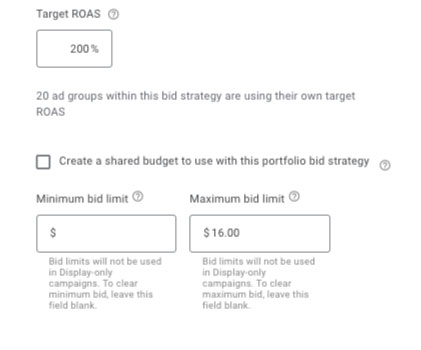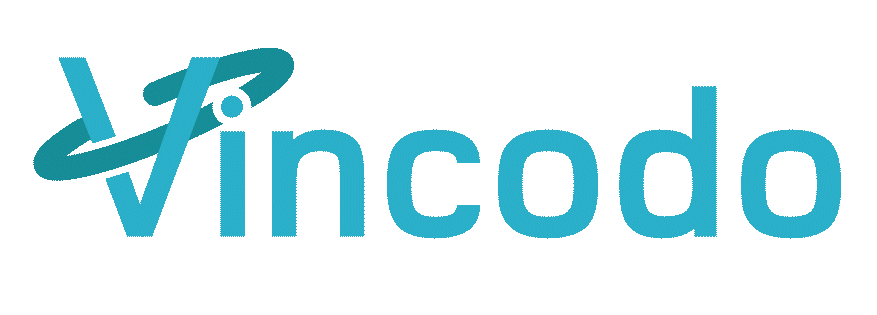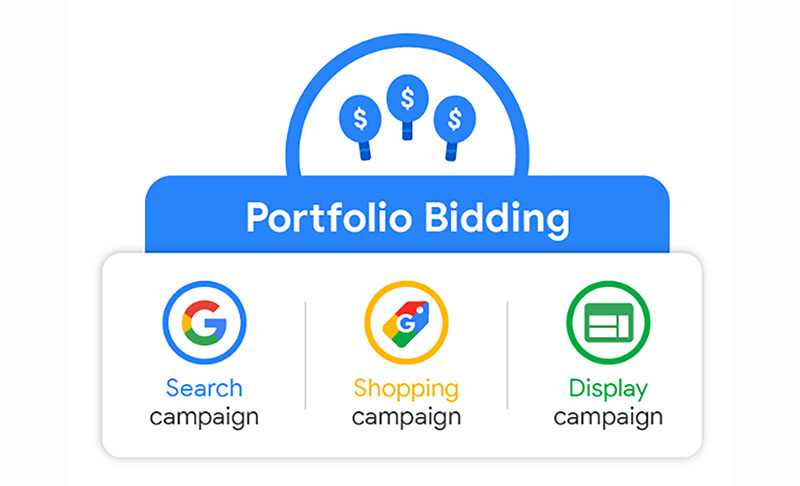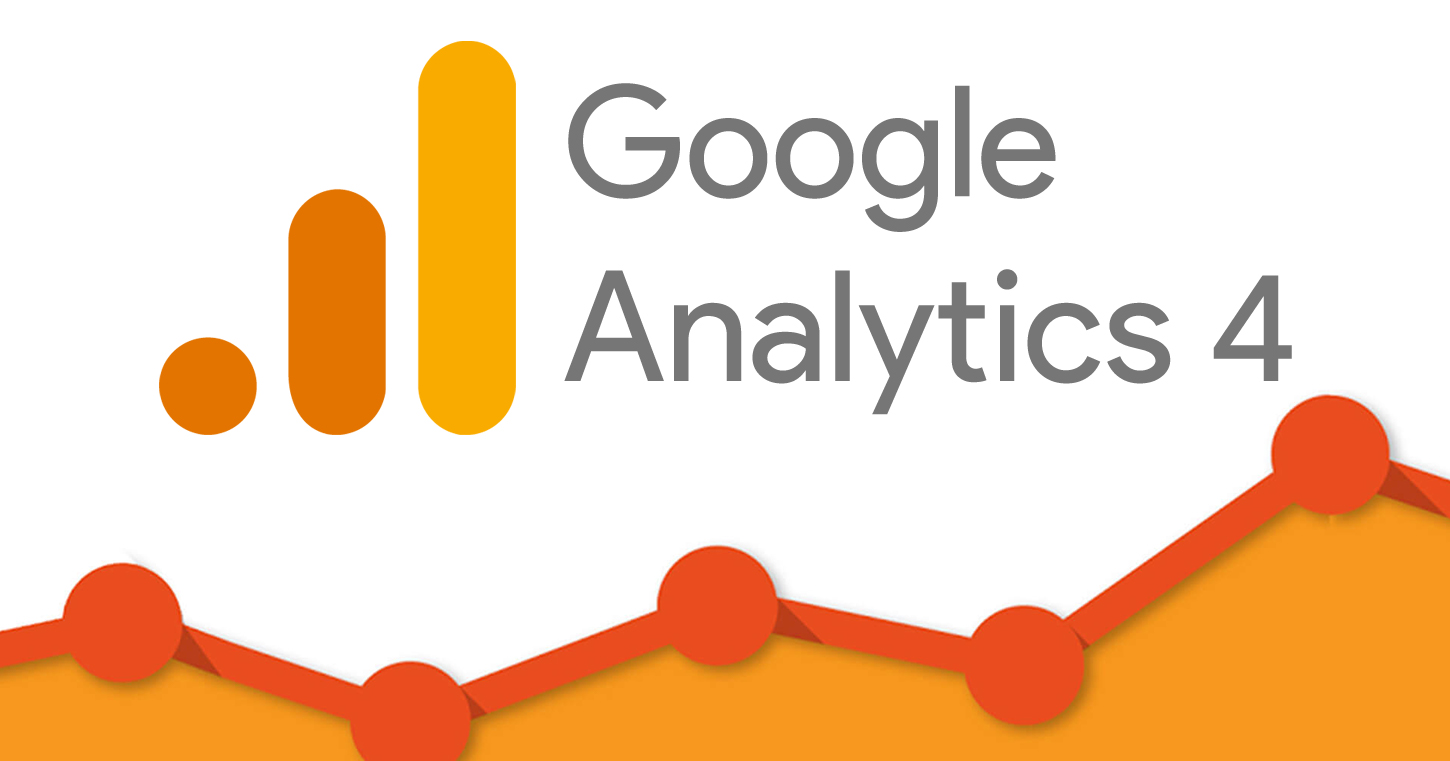In a move designed to streamline campaign management and optimize ad performance across accounts, Google Ads has unveiled a new feature: Portfolio Bid Strategies. This innovative tool empowers Advertisers to oversee bidding strategies for multiple campaigns housed within different accounts, centralizing control and maximizing efficiency.
What Are Portfolio Bid Strategies?
Portfolio Bid Strategies are automated, goal-driven bidding tactics that can be simultaneously applied to a collection of campaigns. Unlike standard bidding strategies, which are confined to individual campaigns, portfolio strategies offer a broader reach, allowing Advertisers to set bidding parameters for a group of campaigns and ensure consistent optimization across the board.

Benefits of Portfolio Bid Strategies
The introduction of Portfolio Bid Strategies brings many advantages to Google Ads users, particularly campaign managers overseeing multiple accounts. Here’s a closer look at some of the key benefits:
- Simplified management: Portfolio Bid Strategies eliminates the need to configure individual bidding strategies for each campaign within an account group. This translates to significant time savings and allows campaign managers the ability to focus on broader campaign optimization efforts, such as crafting compelling ad copy or analyzing audience data.
- Enhanced efficiency: By establishing a single bidding strategy for a portfolio of campaigns, campaign managers can ensure consistent bidding practices across all accounts. This streamlined approach fosters efficiency and reduces the risk of inconsistencies from managing individual campaigns in isolation. For instance, imagine managing separate campaigns for ecommerce transactions and lead generation. With portfolio strategies, you can ensure both campaigns prioritize high-quality clicks or conversions with varying target goals without needing to adjust bids for each campaign individually.
- Improved performance: It leverages Google’s machine-learning expertise to optimize bids for all campaigns within the portfolio. This data-driven approach can lead to improved conversion rates, return on ad spend (ROAS) or other campaign goals (depending on the chosen strategy). Google’s algorithms analyze vast amounts of data, including historical performance, audience signals and competitor activity, to make real-time adjustments that maximize campaign performance.
- Scalability: Portfolio Bid Strategies can easily adapt to evolving campaign structures and new campaigns. Advertisers need only incorporate these into existing campaigns, ensuring consistent bidding practices are applied automatically. This is particularly beneficial for agencies managing campaigns for multiple clients, as new campaigns can be seamlessly integrated without disrupting overall bidding strategies.
How Can Portfolio Bid Strategies Be Used?
Portfolio Bid Strategies offers a versatile toolkit for managers overseeing multiple Google Ads accounts. Here are some potential applications:
- Maximize conversions across campaigns: Advertisers seeking to drive a maximum number of conversions across all campaigns within a portfolio can leverage the “Maximize Conversions” strategy. Google’s machine learning algorithms automatically adjust bids to optimize for conversions, regardless of the individual campaign focus.
- Maintain consistent target CPA: For Advertisers prioritizing a specific cost-per-acquisition (CPA) across campaigns, the “Target CPA” strategy proves valuable. By setting a desired average cost for each conversion, the portfolio strategy ensures bids are adjusted to achieve that target CPA consistently.
- CPC Pricing Capping: If you are worried that Google is offered too much latitude in the price they will charge for a click under Automated bidding, you can now limit the Max CPC they are allowed to choose. This is especially critical if you plan to implement on Branded campaigns.
- Optimize for ROAS: The “Target ROAS” strategy caters to managers focused on maximizing return on ad spend. By establishing a target ROAS for the portfolio, the strategy dynamically adjusts bids to generate the maximum revenue for every dollar invested across all campaigns.





